Tokyo National Art Center
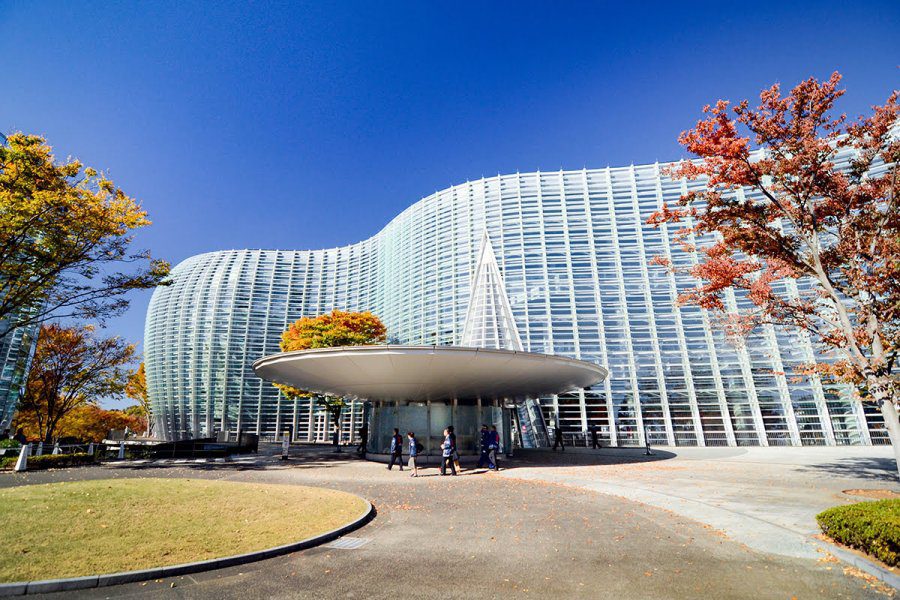
Tokyo National Art Center, also known as The National Art Center, Tokyo, is a fascinating cultural site in the heart of Japan. This is a unique museum that focuses on artistic diversity and does not have a permanent collection. The museum follows the idea of variability and multiculturalism, reflecting the colorful specificity of Japan. Let’s get to know this unique institution better.
Tokyo National Art Center: History and Architecture
The opening of the museum in 2007 was a breakthrough moment in the art world. The building, designed by the outstanding architect Kishō Kurokawa, is not only one of the most interesting in Tokyo, but also an example of modern innovation and creativity in the design of cultural spaces. Another interesting example of museums is the facility from New York.
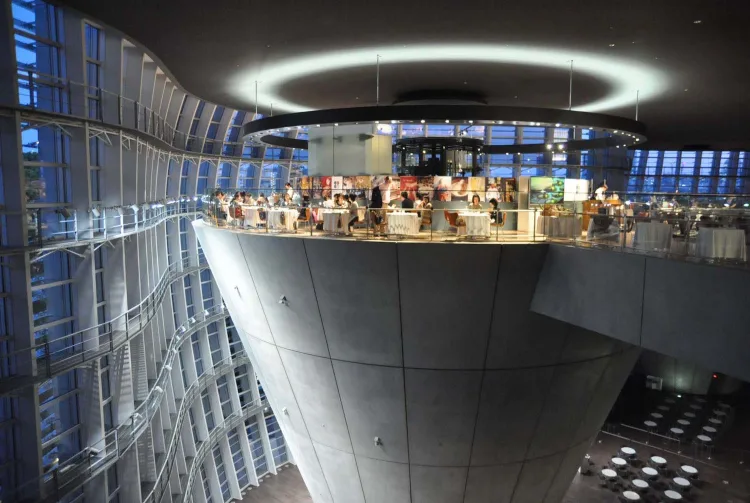
The building, which now serves as the Tokyo National Art Center, previously housed a research center at the University of Tokyo. It is known as “Hyakudan Kaikan,” which translates to “House of a Hundred Rooms.”
It is an architecture characterized by harmony, simplicity and elegance, referring to classic architectural patterns. The building has characteristic features such as columns and spacious interiors, which give it a monumental appearance.
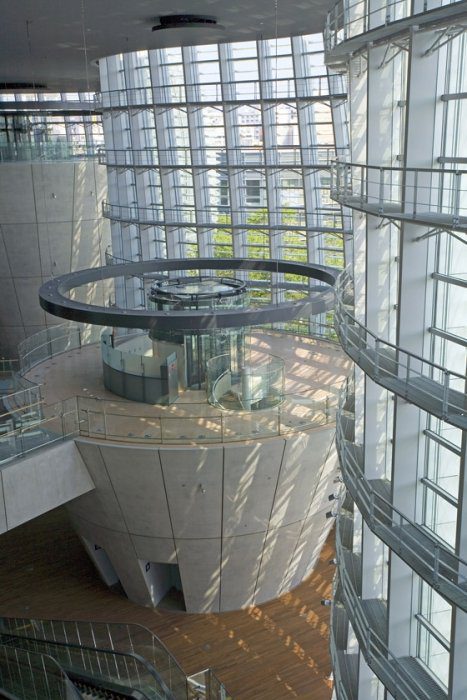
The specificity of the building lies in its severity and simplicity of form, which was a common approach in neoclassical architecture. However, despite its simplicity, this building is elegant and can occasionally be used to organize cultural events and exhibitions.
No own collection
The Tokyo National Art Center does not have a permanent collection, which makes it unusual. Instead, it puts emphasis on organizing thematic exhibitions that present works of various artists and art movements. This is a great opportunity to discover a variety of artistic expressions. In the past, at the National Art Center in Tokyo, we had the opportunity to admire the works of famous artists such as Hokusai, Monet and Picasso. This is a place that regularly offers fascinating exhibitions, presenting different periods and artistic styles.

The concept of no permanent collection and changing exhibitions highlights the museum’s commitment to exploring various aspects of art and shaping new perspectives.
Art library
The museum has its own Art Library, which plays a key role in collecting and sharing information about art. For researchers and art lovers, it is an invaluable source of knowledge.
Educational programs
The National Art Center offers a rich educational program, including workshops, lectures and other activities. These initiatives help guests understand art and encourage them to perceive it more consciously.
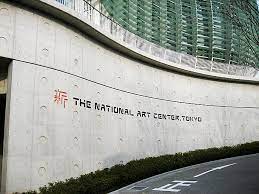
The museum plays a key role in presenting both Japanese and international art. It is a place that inspires and encourages reflection on the diversity and richness of art.
The National Art Center in Tokyo is a pearl in the cultural landscape of Japan. It is a place that combines fascinating architecture with artistic diversity, becoming an important source of inspiration for both residents and art lovers from around the world.




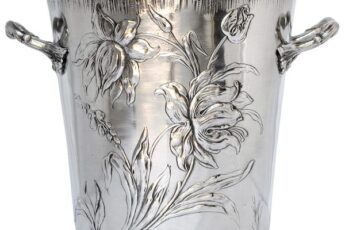


Leave a Comment